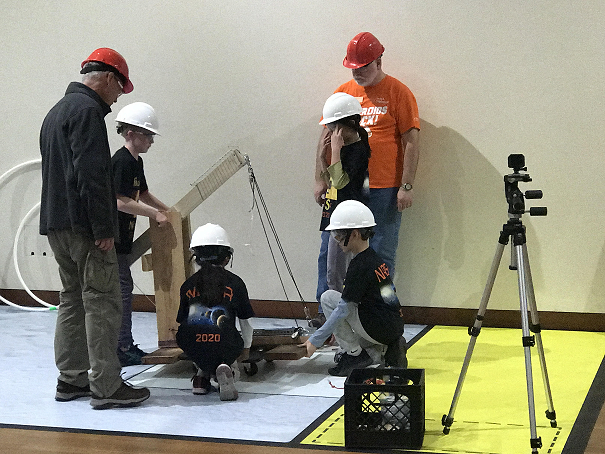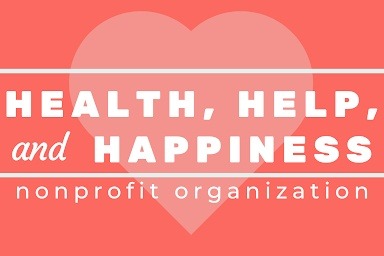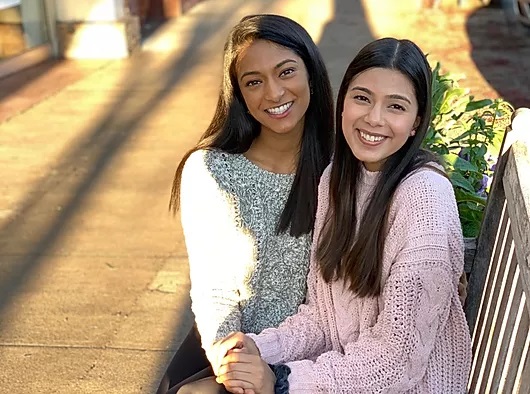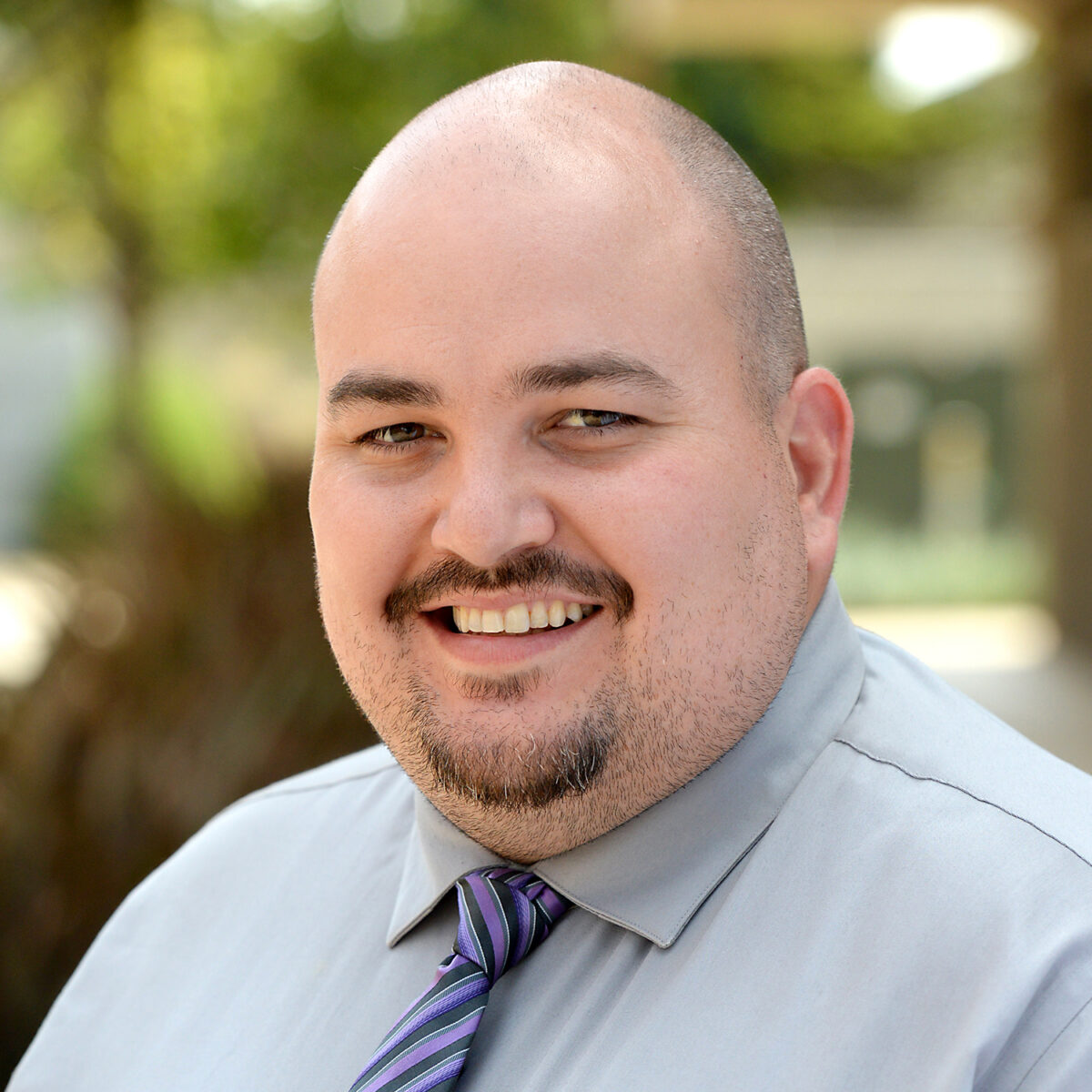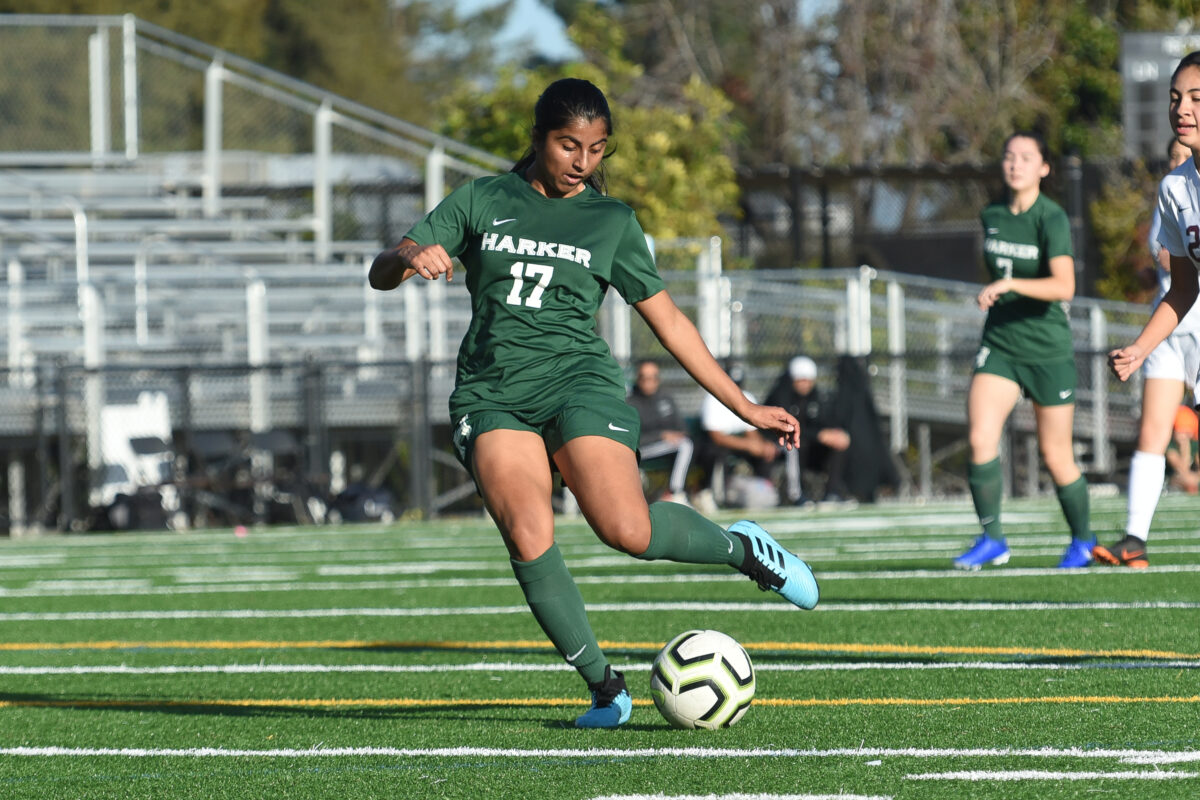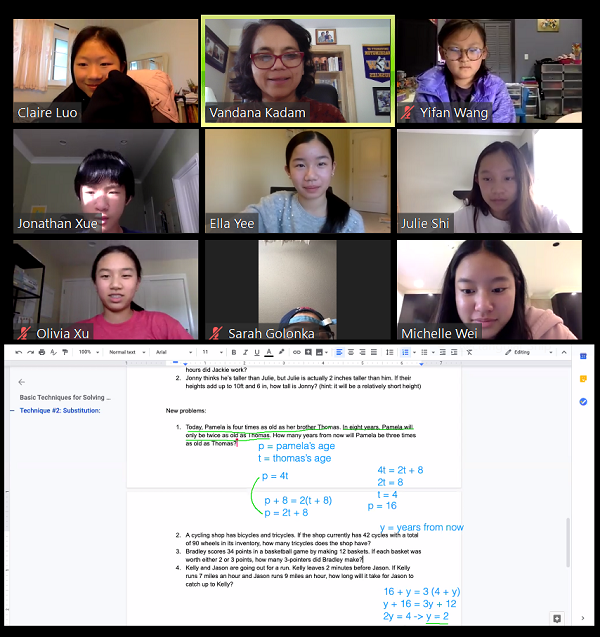Two Harker teams took home awards earlier this month at the Tech Challenge Showcase, hosted by the Tech Interactive in San Jose.
eweekly
Upper school students raising funds to help hungry families and small businesses
A group of Harker upper school has students launched a GoFundMe campaign last month to assist low-income families who are facing greater difficulties during the COVID-19 pandemic due to job loss.
Latest issue of student-published magazine HELM released online
Last week, volume 21 of HELM (Harker Eclectic Literature & Media) was released online via Issuu. It is the first issue of the annual student…
Alumnae-founded tutoring service seeks to help those impacted by COVID-19
Class of 2018 alumnae Sohenee Banerjee and Meghana Karinthi have started a virtual tutoring service that donates tuition fees to organizations providing relief during…
Upper school debate coach named Coach of the Year by NSDA California Coast District
Last week, speech and debate teacher Scott Odekirk was named Coach of the Year by the California Coast District of the National Speech &…
[UPDATED] Student wins first prize in sculpture category in NUMU’s 2020 ArtNow exhibition
May 11, 2020 Last week, senior Ashna Reddy’s sculpture, “Soaked,” was awarded first prize in the sculpture category in New Museum Los Gatos’ 2020…
Four Eagles named to Prep2Prep All-CCS girls soccer teams
After an impressive 13-2-3 season for the girls soccer team, four Eagles were named as part of the Prep2Prep All-CCS teams. Megha Salvi, grade…
MS math chair and students offer instruction to students unable to attend school
Over spring break, middle school math chair Vandana Kadam spent her spare time teaching math online to students who were unable to attend school…
Upper school ASB and Student Council raising funds to help families affected by COVID-19
The upper school ASB and Student Council have launched a donation drive to support Silicon Valley Strong, an initiative started by San Jose Mayor Sam…
Middle schoolers earn high scores in spring semester math competitions
Harker middle school students earned high marks in math competitions in February and March. Fifteen students performed well enough on the American Mathematics Competition…
